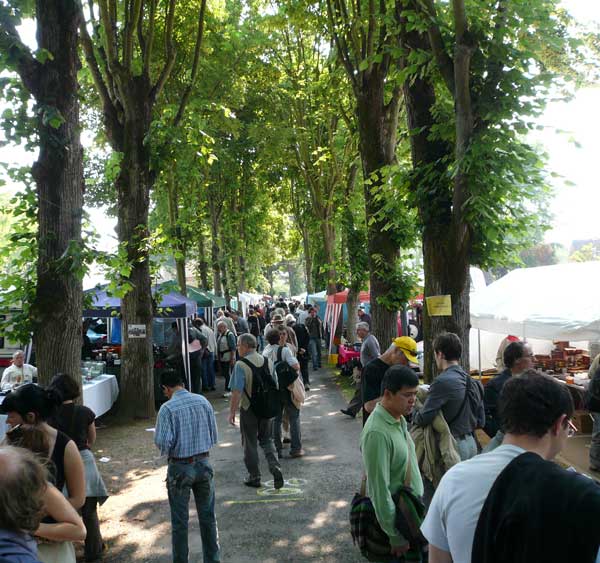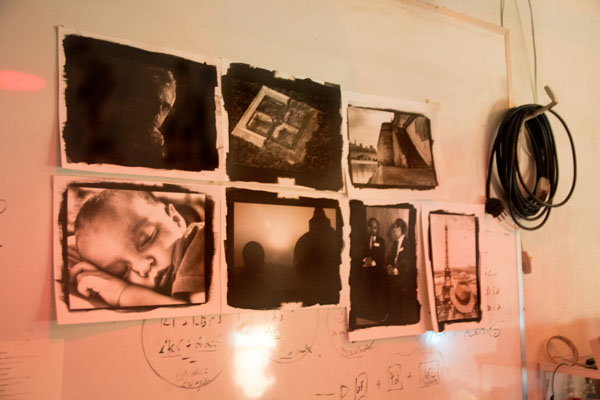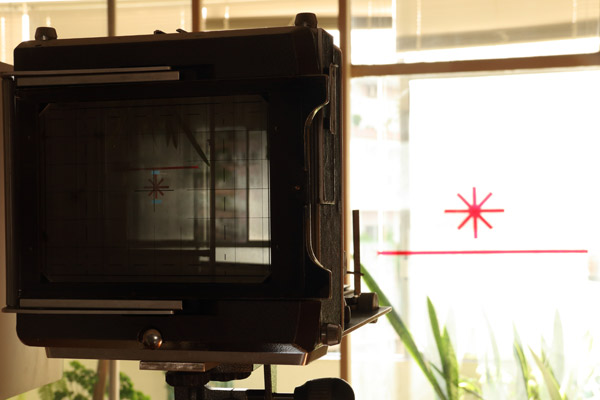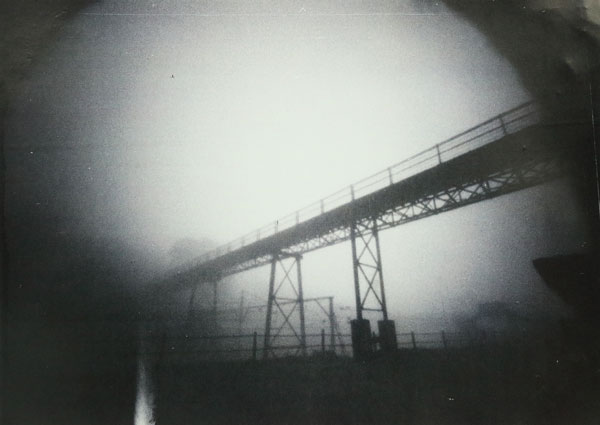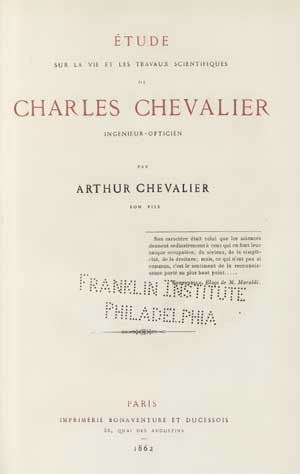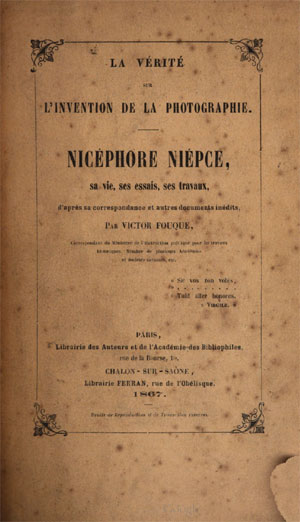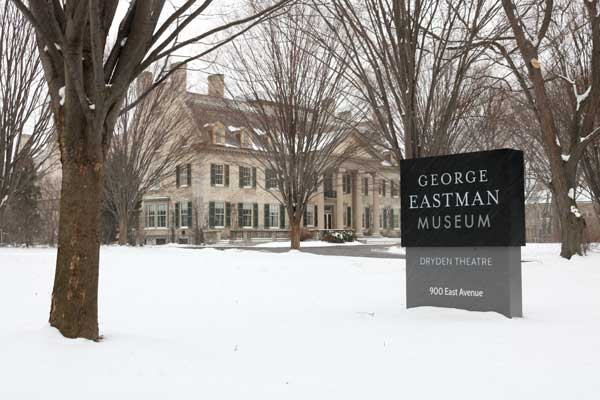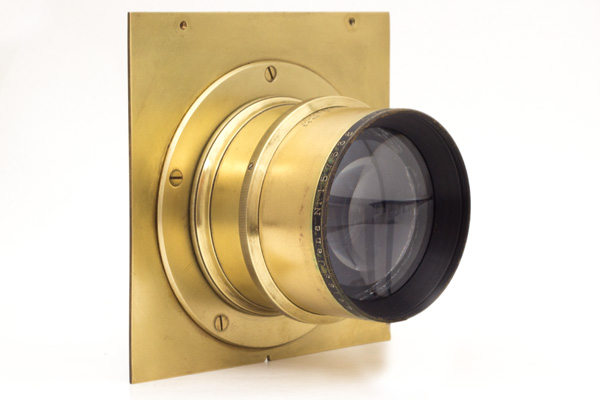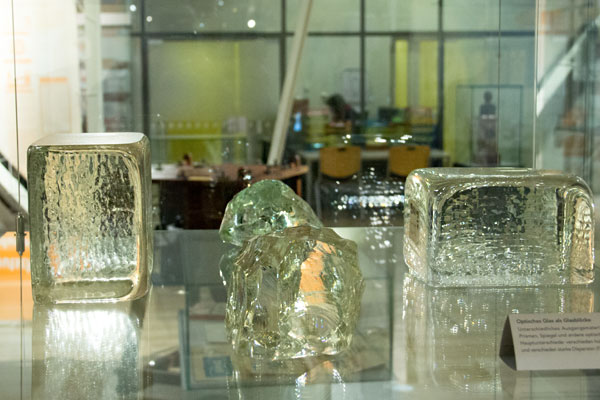After a few years without showing up, I decided to visit the 54th edition of Bièvres super fair. It is a fair organized by the Photoclub Paris Val-de-Bièvre and the Commune de Bièvres. I think my first visit was in 2002 and then I went there 6 times being the last one in 2009. I was even afraid that it would have shrunk a lot due to the raise of e...
Author - wlungov
At the height of film photography the color amateur picture was mostly 10 x 15 cm (4 x 5 inches) on matte or glossy paper. The B & W photo persisted with the most enthusiastic on papers from Kodak, Agfa, Ilford and a few other brands. Even professionals used basically the same processes with bigger sizes and more control. Today, when the...
This is a calculator that will help you in finding the focal length of a photographic lens. The method is about focusing on one or more objects at different distances. Each time, you write down 3 measurements. Only one measurement could do. But the idea is that “averaging” several instances it will yield a more precise figure...
Pinhole is a photographic technique that employs most of the times a home made camera in different degrees of improvisation and roughness. Matchboxes, shoeboxes and whatever boxes and containers are sort of starting point for those projects. The photographer bricoleur may also start from scratch by cutting cardboards and assembling his camera with...
For generations, Chevalier family was in the scientific business producing specially optical instruments since 1765. Charles Chevalier (1804-1859) designed the first lenses that equipped photographic cameras, produced by Alphonse Gireaux, intended for daguerreotypes. This book was written by his son, Arthur Chevalier, and published in 1862. On top...
Result is presented in degrees.
Nicéphore Nièpce biography published in 1867 written by Victor Fouque. Josef Maria Eder cites this book as the best source about life and work of the man who produced the very first photographic image in history. Available for download at Google Books
George Eastman Museum is a multifaceted institution challenged by its own superlative assets in different branches of image making. There you find a fantastic library with historic material like the “Pencil of Nature” from Henry Fox Talbot, complete Camera Work (1903–1917) edited and published by Alfred Stieglitz, Josef Maria Eder...
For a given lens and given film or sensor format, this simulator shows how much it is possible a front raise and where the horizon line will end up in the final picture. Focusing is assumed to be at, or closer to, infinity, a frequently used condition for a landscape. Observations: 1 – The scheme is presented up side down in order to keep...
– 360 mm | f:6,3 | 1911 – The very first Tessar Tessar is probably the lens design most produced ever. Introduced in 1902, it was created by Paul Rudolph, from Carl Zeiss. The construction concept has found applications from large format down to Minox size. Lenses using Tessar’s design reached the order of millions of units and equipped...
Refraction Refraction is a phenomenon of waves changing direction when passing from one medium to another. In a photographic lens that is the case when passing from air to glass and again from glass to air. It occurs also when passing from one type of glass to a different one. They are not all the same as we will see below. The ability to change...
Evaluates image circle diameter for a given angle of view and focal length. Result is presented with the same unit you used for focal length.
